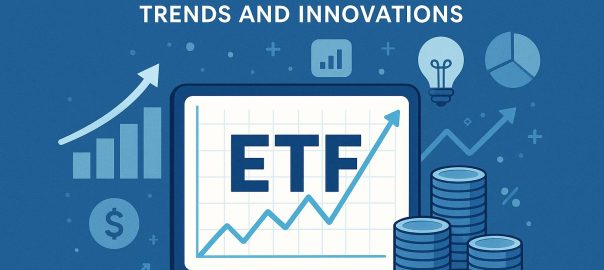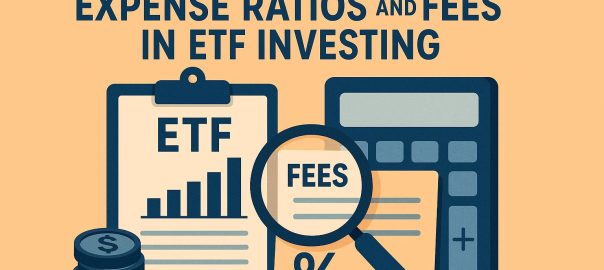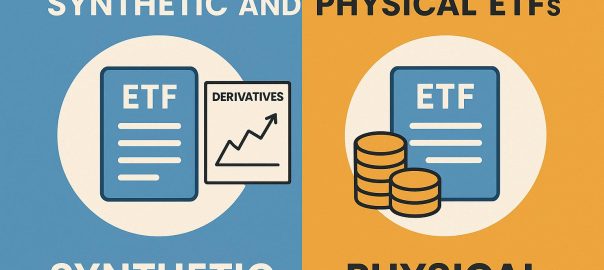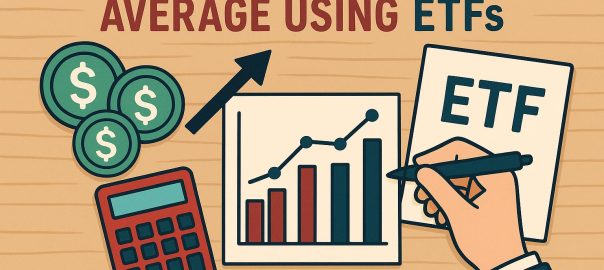Introduction
Exchange-Traded Funds (ETFs) have become integral to modern investing, appealing to both individual and institutional investors. Their surge in popularity is largely due to their ability to offer versatility, tax efficiency, and cost-effectiveness, making them an attractive option within the vast global investment landscape. As we look to the future, several emerging trends and innovations are poised to reshape the ETF market significantly.
Technological Integration in ETF Management
Technological advancements are at the forefront of transforming the landscape of ETF management. The integration of modern technology is changing the methods by which ETFs are created, managed, and traded. Data analytics, artificial intelligence (AI), and blockchain technology are three critical areas driving this transformation, allowing fund managers to deploy sophisticated strategies with enhanced accuracy and efficiency.
Blockchain and Tokenization
One technological advancement providing promising developments is blockchain, which holds the potential to revolutionize ETFs in terms of transaction transparency and efficiency. By utilizing blockchain, settlement times can be significantly reduced, offering a more streamlined and cost-effective trading process. Additionally, tokenization is an emerging phenomenon that enables the digital representation of assets. This advancement might pave the way for increased diversity and fractionalized investment opportunities within the ETF market, offering more customized investment options and a broadening of potential asset classes.
Rise of Thematic and ESG ETFs
There is a growing investor interest in aligning portfolios with personal values and emerging global trends. This shift has spurred the rise of Thematic ETFs, which focus on particular themes or sectors such as technological innovations, biotech advancements, or renewable energy sources. These ETFs allow investors to target specific areas of economic growth or interest, reflecting a more tailored approach to investment.
Additionally, the focus on social responsibility in investing has been bolstered by Environment, Social, and Governance (ESG)-focused ETFs. As more investors prioritize sustainable practices, the influence of ESG principles continues to grow. Investors find these ETFs attractive as they seek to balance financial returns with social good, in keeping with broader societal shifts towards sustainability.
Customization and Direct Indexing
Technological advancements have also facilitated increased levels of customization within investment portfolios. The development of Direct Indexing is particularly noteworthy, offering investors the opportunity to create bespoke portfolios that simultaneously track a specific index while also being customizable based on individual tax preferences or personal values.
Smart Beta and Factor Investing
Among the innovative strategies in the ETF space, smart beta is gaining traction. Smart beta strategies aim to outperform traditional market-cap weighted indices through factor-based investing. Factors such as value, momentum, and low volatility have been popular choices among investors. By prioritizing these factors, smart beta ETFs allow investors to maintain a disciplined, rule-based approach to investing while seeking to achieve above-market returns.
Regulatory Changes and Challenges
In tandem with the evolving ETF market, regulatory frameworks are also in flux, adapting to the novel challenges and opportunities presented by this dynamic field. It remains critical for investors to track changes in regulations, as these can affect various aspects such as trading strategies, taxation, and overall operational frameworks of ETFs. Regulatory updates from securities commissions and other governing bodies worldwide are anticipated to play a decisive role in shaping the future of ETFs, influencing how these funds are structured and offered to the public.
Conclusion
Looking forward, the future of ETFs is positioned to be profoundly influenced by both technological advancements and regulatory developments, alongside an increasing demand for personalized and thematic investment options. Investors and financial advisors are encouraged to stay informed and responsive to these changes, thereby maximizing the potential to capitalize on opportunities while mitigating emerging risks. As these shifts continue to unfold, ETFs are anticipated to reinforce their standing as a central component of various investment strategies worldwide, offering lucrative pathways for diversified and efficient investing.










